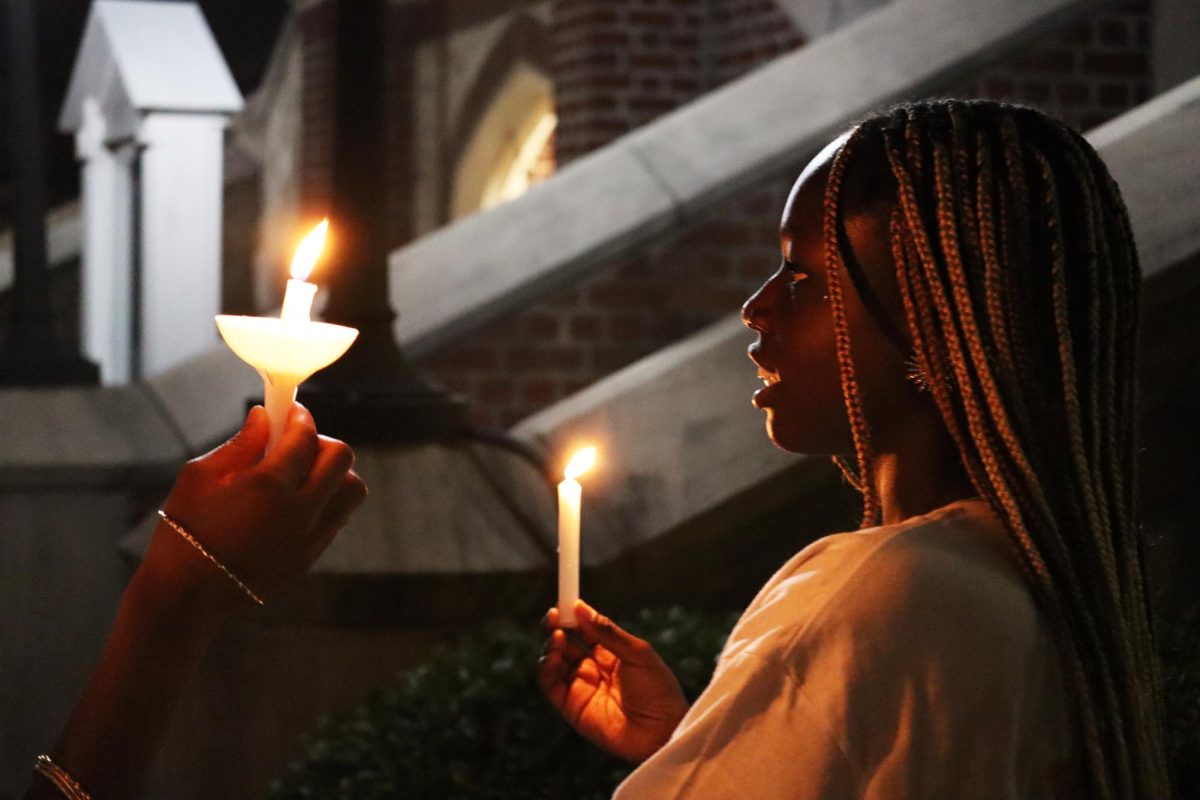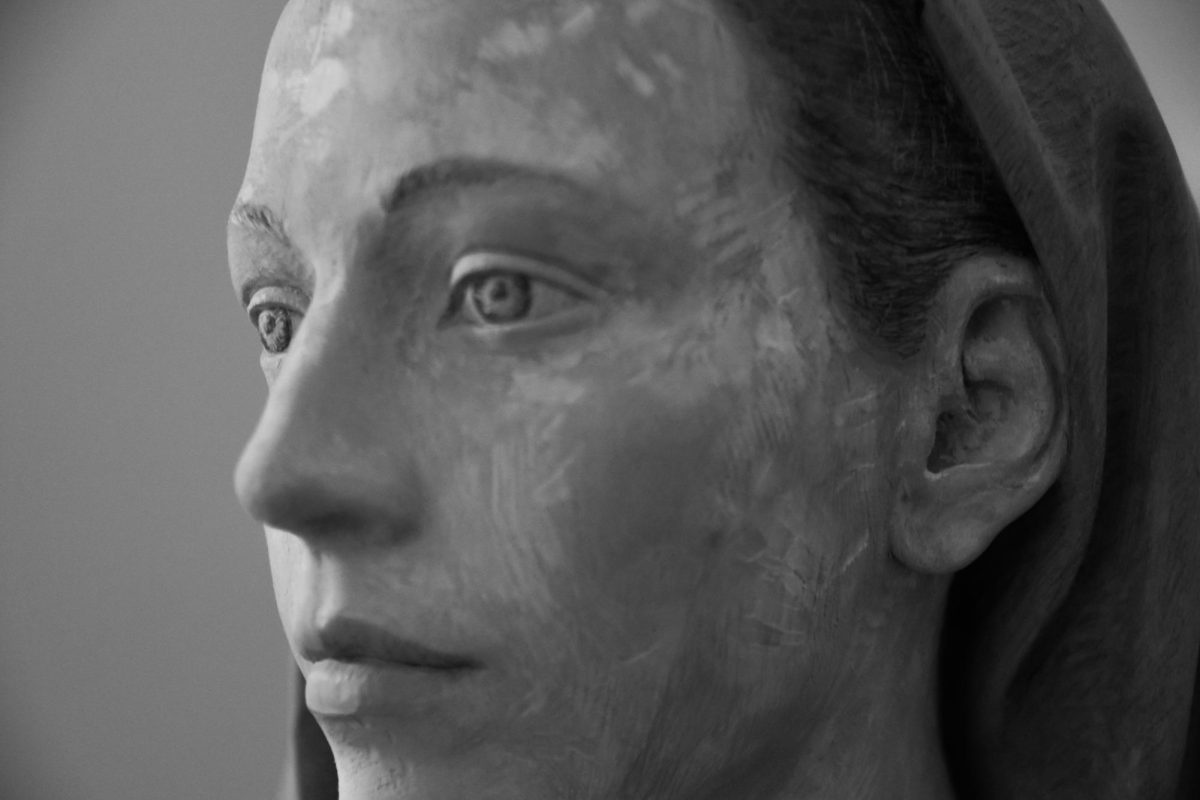Adapting a wildly successful novel like “The Hitchhiker’s Guide to the Galaxy” to film is not an easy thing to do, especially when legions of nitpicking, obsessed fans are ready to pounce on any nuances diverging between book and movie. This is especially difficult when the original writer dies halfway through the project, leaving only speculation as to whether or not the film meets his expectations – as if it really mattered.
Douglas Adams, who wrote the novel and the early screenplay for “The Hitchhiker’s Guide to the Galaxy,” was without question a brilliant writer of satire and science fiction adventures. He was incredibly adept at dialogue and subtly mocking life, the universe and everything.
Translating the original novel to a film is akin to writing an essay dictated to you by a dog. Adams was not particularly great at coherent plots with his books meandering like a hitchhiker would. Adams was also a vivid technophile, obsessed with the emerging digital age, and wanted any movie based on his book to be able to withstand the vastness of his imagination.
With this in mind, director Garth Jennings produces a wildly entertaining, although moderately successful, adaptation of Adams’ book. The film, based on Adams’ own screenplay, follows Arthur Dent (Martin Freeman), an ordinary man, who wakes up one day to find that the Earth is destroyed. Arthur, it turns out, is saved by his good friend Ford Prefect (Mos Def), an alien from across the galaxy. Together, they hitchhike using the “Hitchhiker’s Guide” from spaceship to spaceship until they end up in a stolen ship captained by the wild Zaphod Beeblebrox (Sam Rockwell), who is also the President of the Galaxy. Onboard is Arthur’s love interest from Earth, Trillian (Zooey Deschanel), who was whisked away by Zaphod, much to the dismay of Arthur. The band of adventurers, rounded out by a manic depressive robot named Marvin, proceed on a quest to find Deep Thought, a galactic supercomputer who holds the Answer to the Question of Life, the Universe and Everything.
The crux of the story lies not with the silly and irreverent plot, but rather in the various asides and cul-de-sacs that these characters encounter. One of the best adaptations from the book is the way the actual “Hitchhiker’s Guide” is inserted into the story. From time to time, the various entries in the laid back guide translate into clever animated scenes where all the wit and intelligence of Douglas Adams emerges, connecting the intricate galaxy he created to the events depicted in the film.
The guide is a splendid explanatory device for the movie and allows for many additional jokes that would otherwise have been merely esoteric, although not all of them are entirely explained.
For instance, a running joke through the novel is that the most important thing for any hitchhiker is a towel, and while there are towels aplenty in the film, there is no reason given. For those who have not read the book, it would seem just a silly thing to do without the clever explanation found in the book.
This film is best as a springboard into the books for anyone not aware of the “Hitchhiker” series, particularly because Adams’ best jokes come from explanations and descriptions rather than situations. Hearing some of the witty phrases again onscreen may not be as humorous as reading them.
The film also meanders so far away from itself, proceeding into all the trappings of typical Disney fare, that the ending is mildly disappointing. But the visuals and special effects, especially during a sequence where Arthur takes a tour of “Earth II,” are incredibly moving and beautiful, despite the films overall progression into camp.
Despite flaws, the film is a wild ride across the galaxy and spectacular enough to do suitable justice to the book. This may not be the perfect adaptation, but I think that it at least would make Douglas Adams smile.
Jason Bolte can be reached at [email protected].








